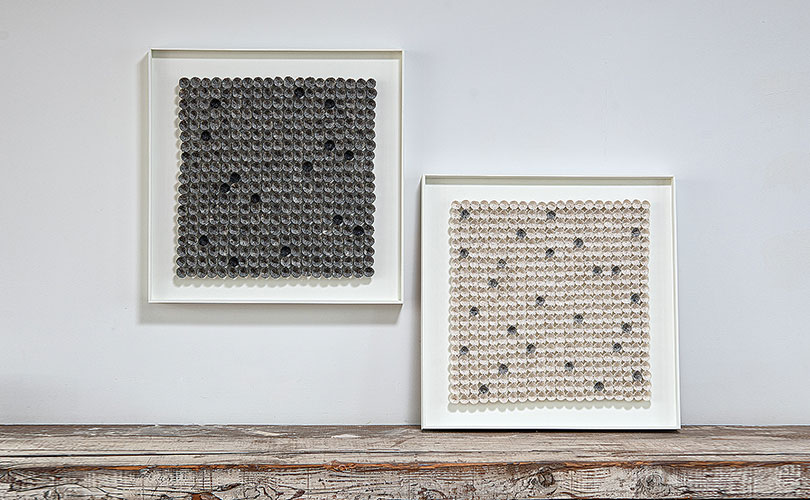
Contemporary textile works are often installed effectively right on the wall. Dimensional textiles in particular rarely need an edge. Yet, there are some works that can manage the counterpoint of an artful frame. There are works given more emhasis by the addition of a shadow box or an edge. A frame can also protect a textile from touching and from dust and, with UV glass, even from sunlight to some degree. In our current Viewing Room, Art With an Edge: the case for framing, we are sharing a number of works that feature frames.

Many artists are content to let galleries or museums or collectors handle frames. Other artists are intentional about frames, often going so far as making frames themselves. Members of the Ashcan School (late 19th-early 20th century) wanted frames that reflected “the raw, unsentimental spirit of their work, not that of an Old-World cathedral,” notes Eleanor Cummins. (Is It Time to Recognize Frames as an Independent Art Form?, Smithsonian Magazine, June 29, 2020). Georgia O’Keeffe wanted viewers to consider the way the shapes, colors, line and composition worked, without distractions, explains Dale Kronkright, head of conservation at the Georgia O’Keeffe Museum in Santa Fe. To ensure her vision was realized, O’Keeffe worked with Of, the New York City frame maker, to develop eight distinct frames that precisely suited her paintings. Scott Rothstein, whose works are available at browngrotta arts, says he thinks of the frame as a part of the work itself. “The black matte and the frame tightly control how the work is seen,” he says, “which is something I have done with intent. My work can’t be seen any other way.”
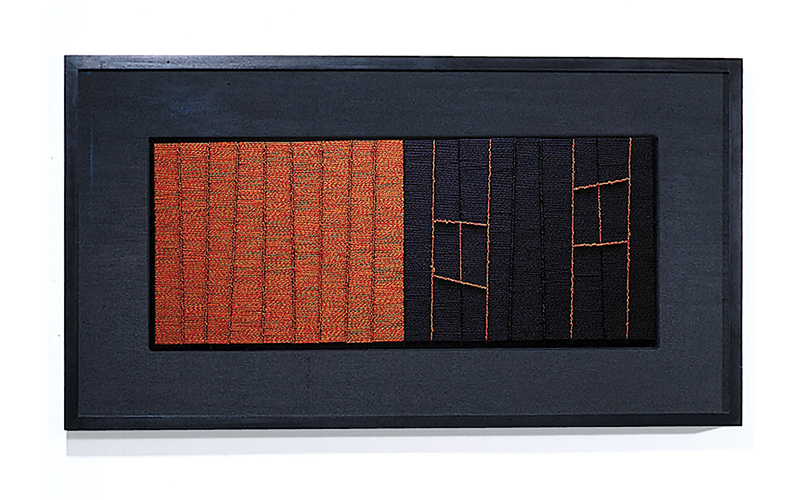
An unabashed fan of frames, Matthew Jones, managing director of the framers and conservationists firm, John Jones London argues that, it’s really about harmony. “A good frame can completely change a work. I very much want the outcome of the project to offer what I call ‘the three wows’. When you first see a work that’s been framed, you should be drawn immediately to the image itself. We then like the eye to cast out to the frame, and — finally — to make a connection with the object in its entirety. If you’ve got a slight imperfection on the frame, or a slight imbalance in colour, it’s going to distract you from your enjoyment of the image.” (“How to choose the right frame for your picture,” Christie’s online, https://www.christies.com/features/How-to-choose-the-right-frame-for-your-picture-10005-1.aspx).
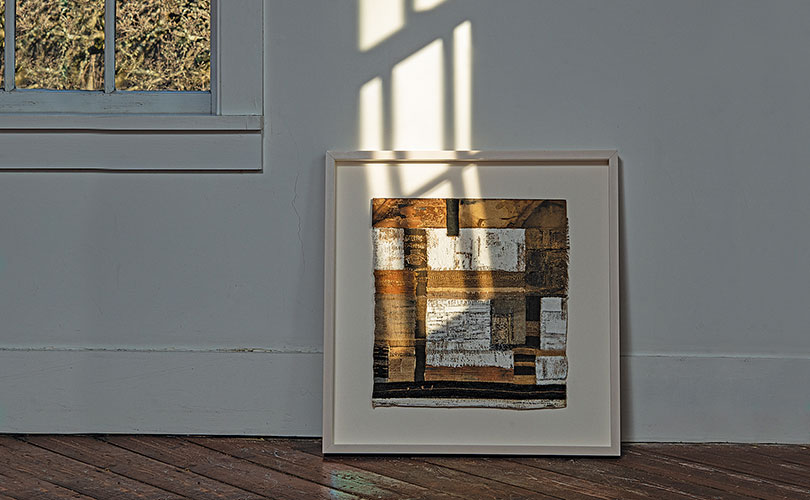
At browngrotta arts, we rely on the expertise of Mary Luke https://www.maryluke.com, our Gallery Associate. Luke is a painter, stylist and designer — but also an experienced framer. “Artwork that would otherwise be lost on a wall can be given a strong, powerful voice with a simple mat and frame.” Material and color offer options, Luke says. “Material and color can be used to contrast or blend with the artwork — either way, though, the artwork should always remain the focal point.”
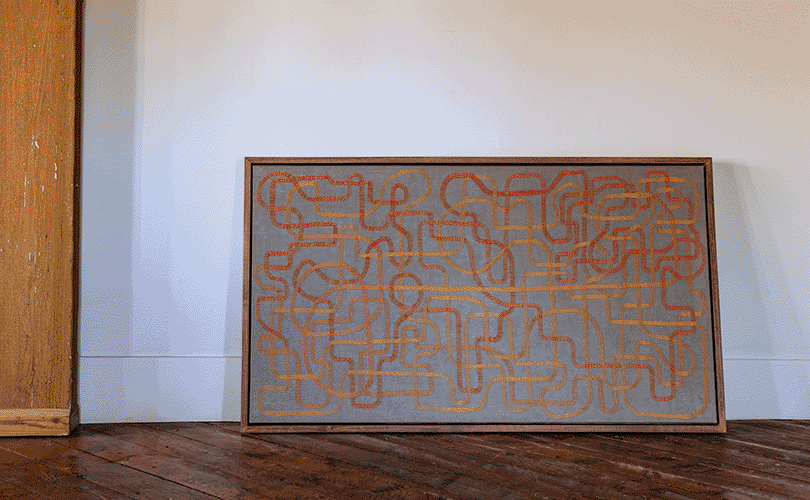
Check out more of Mary Luke’s Framing Q&A in the Art With an Edge Viewing Room. You’ll find 50+ works of art with various frames — shadow boxes, natural edges, perspex, plexiboxes, frames with mats — illustrating their possibility and potential.
“Art is limitation; the essence of every picture is the frame.” G.K. Chesterton

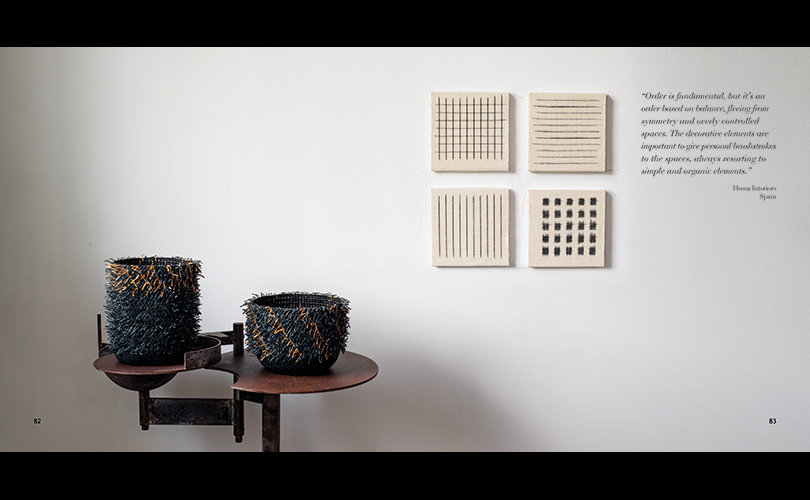

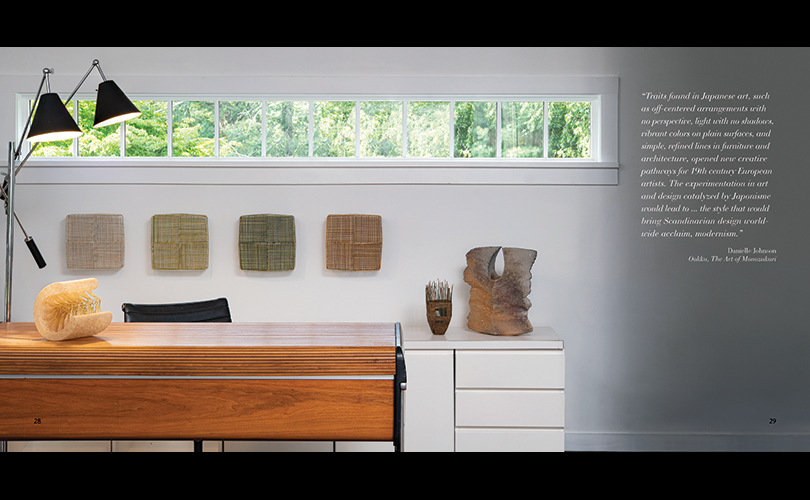
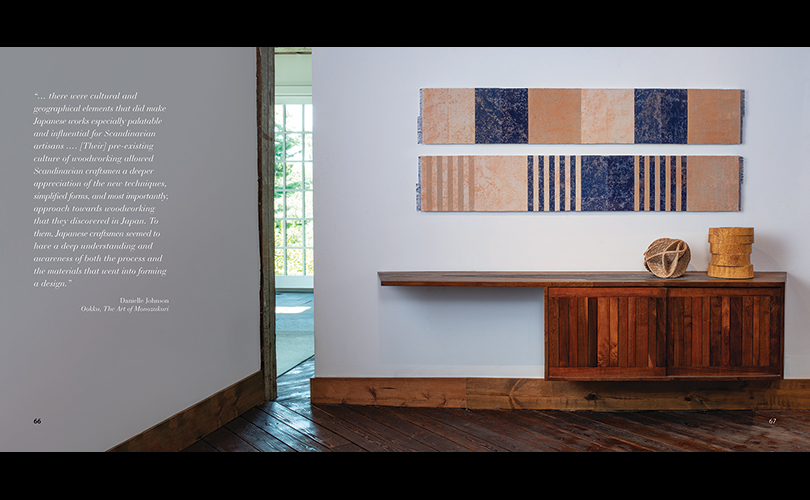


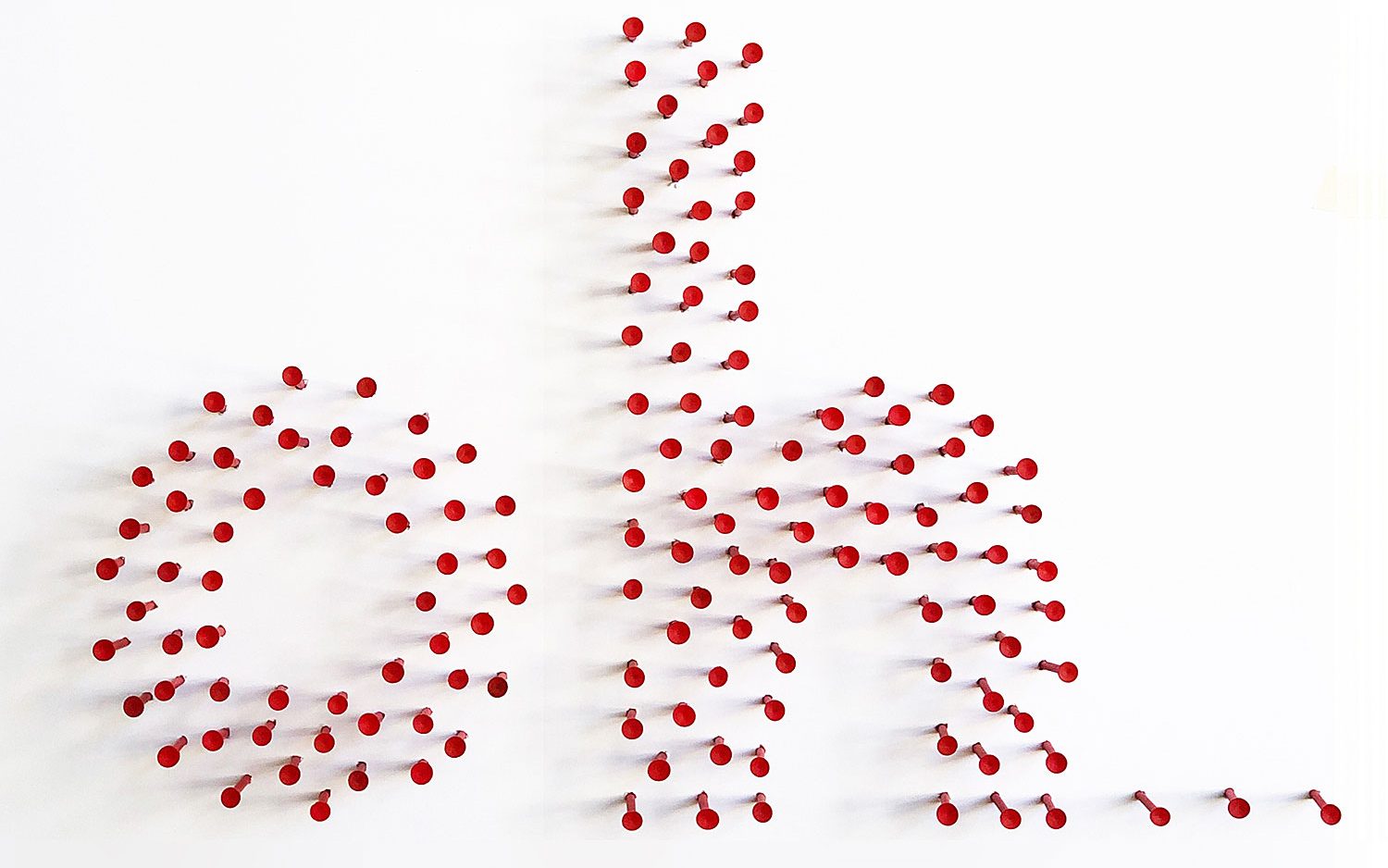

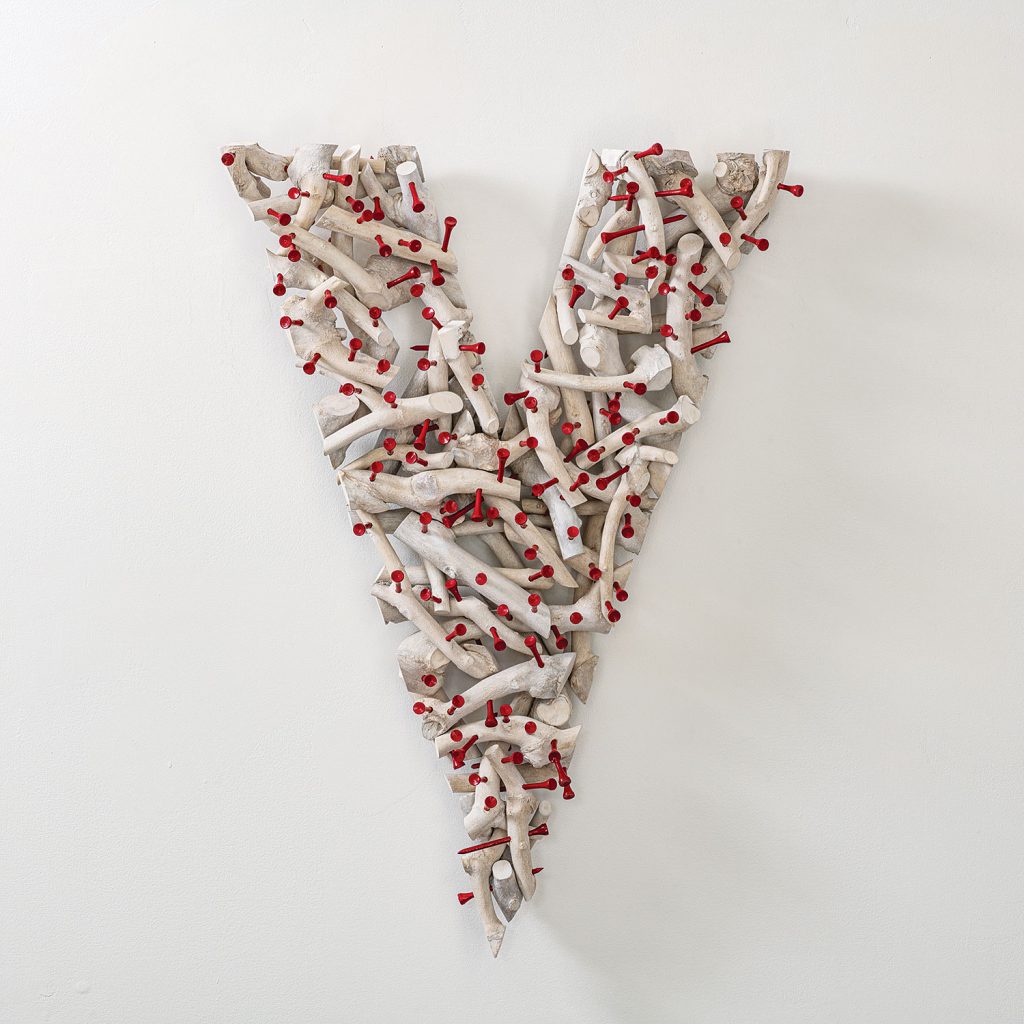
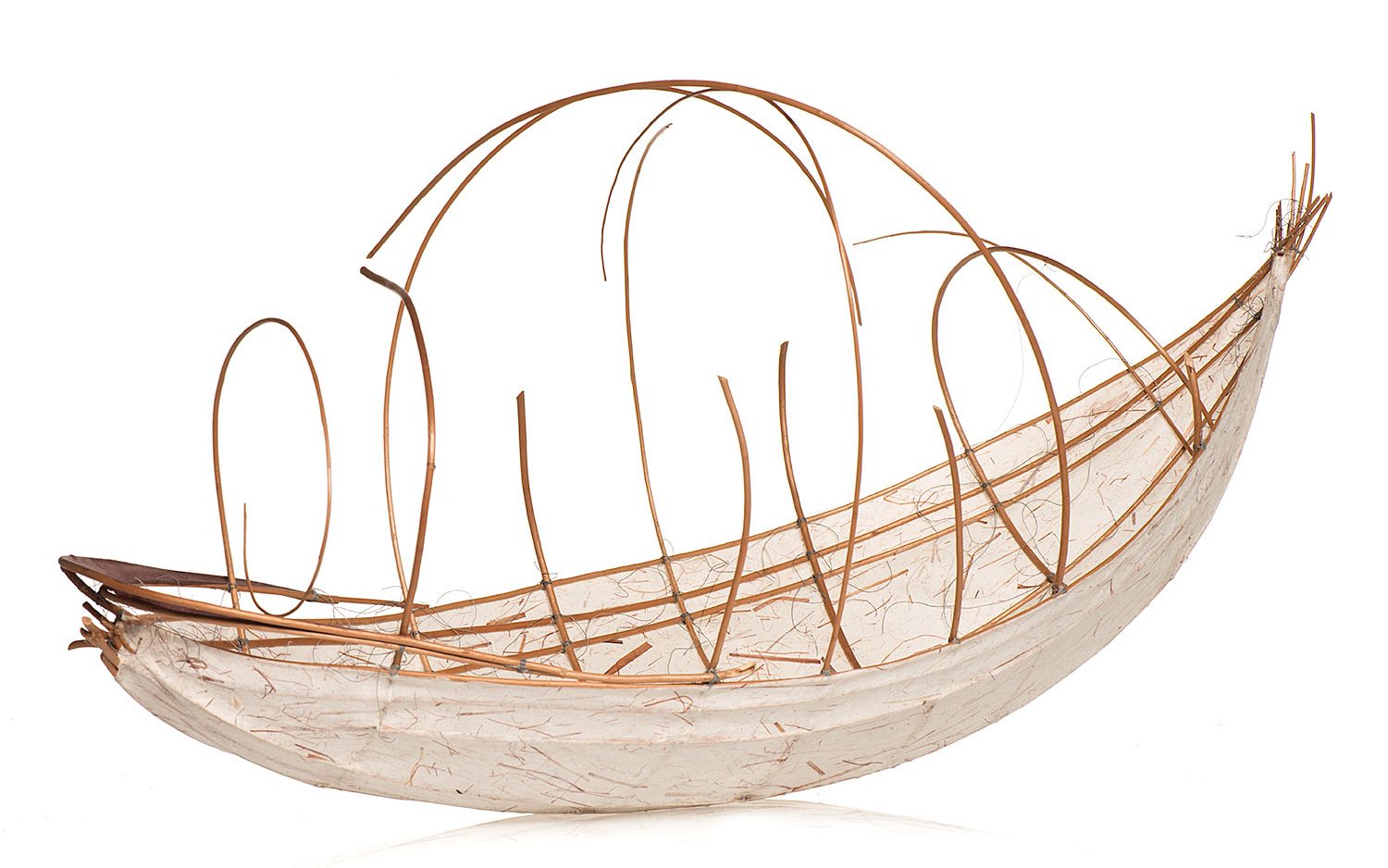
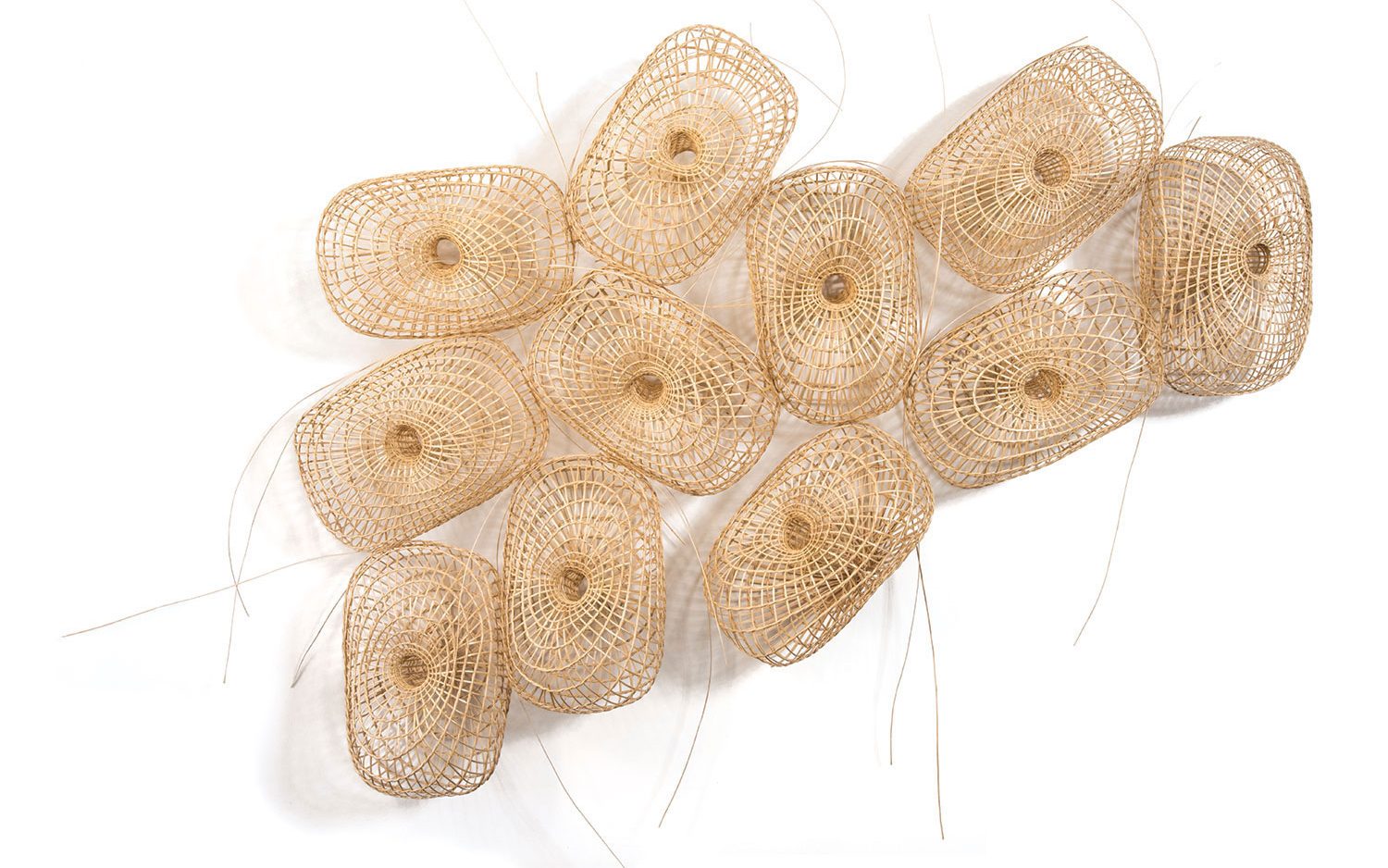
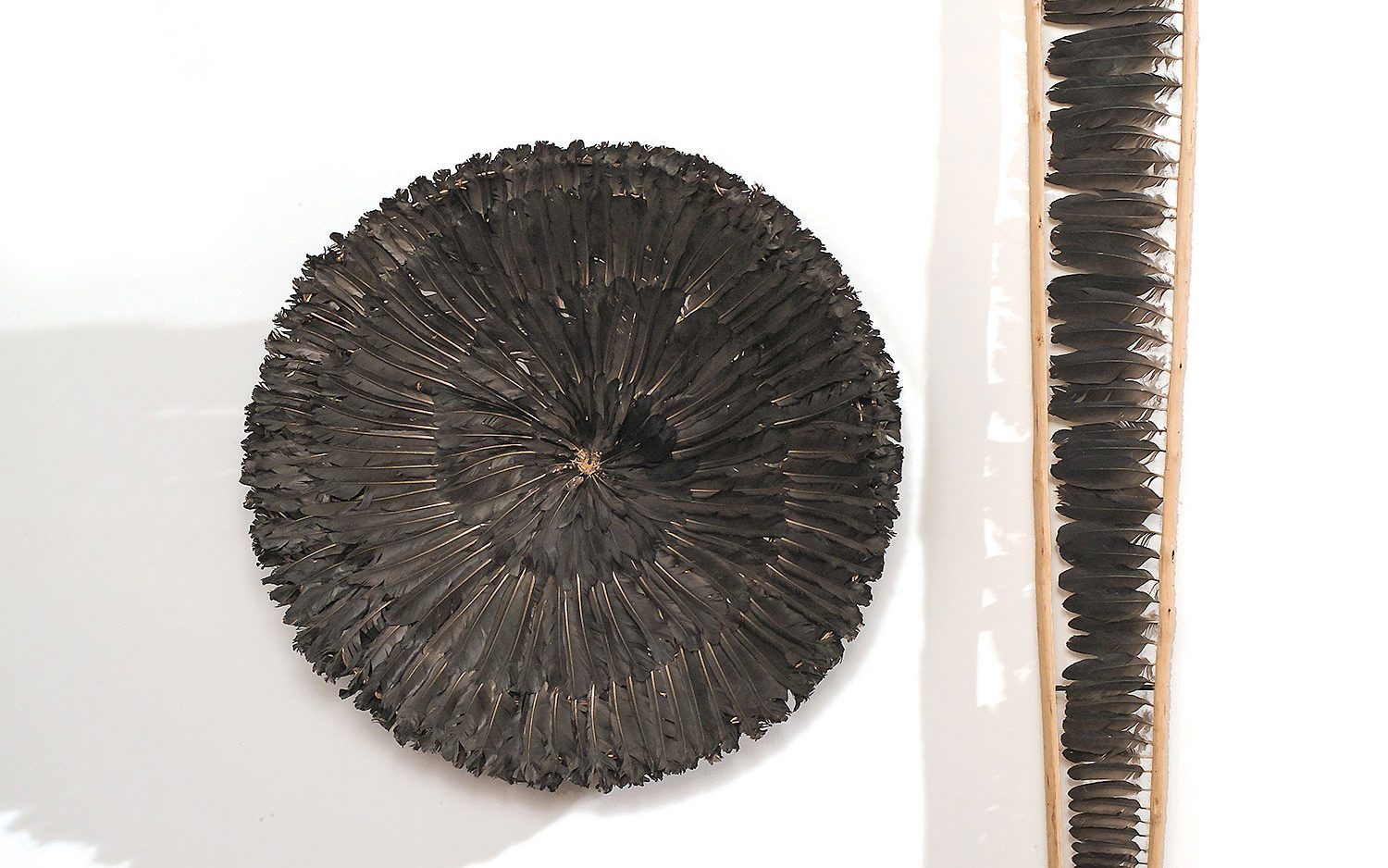


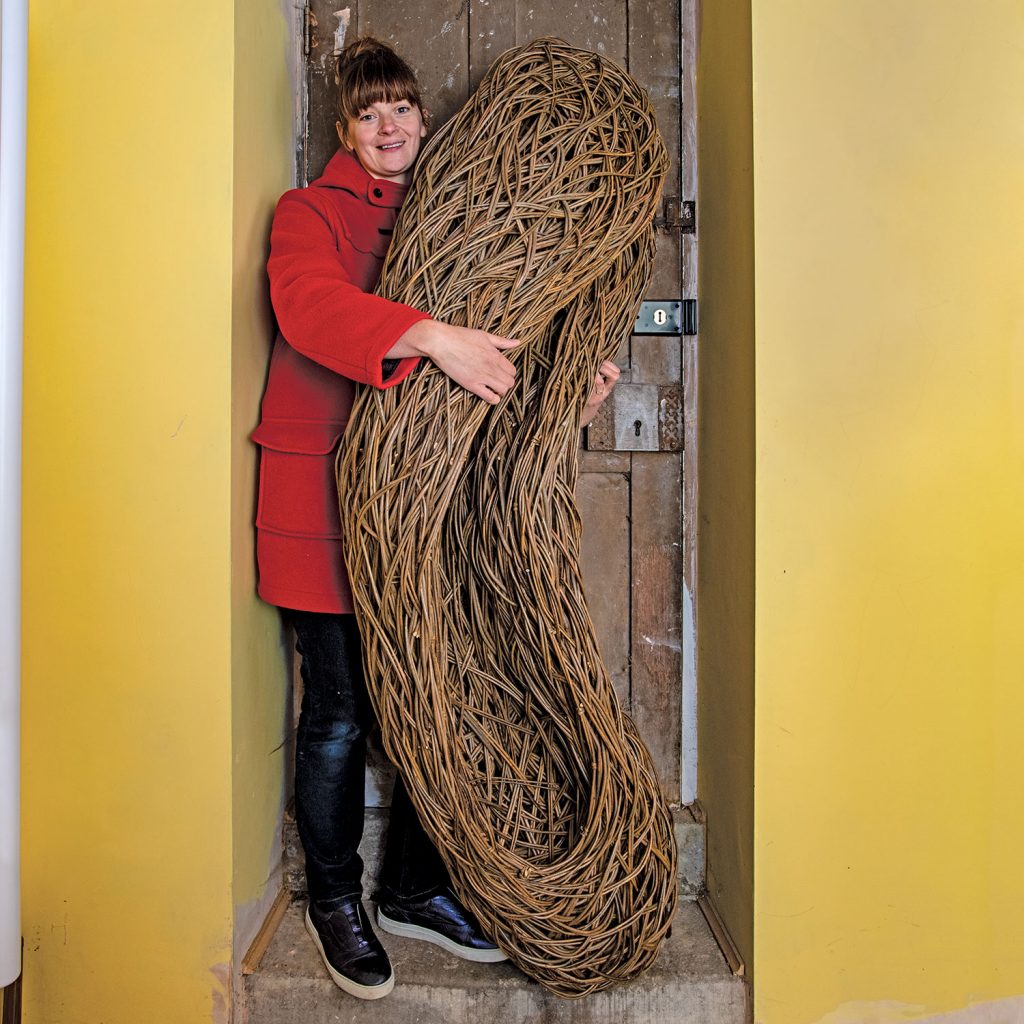
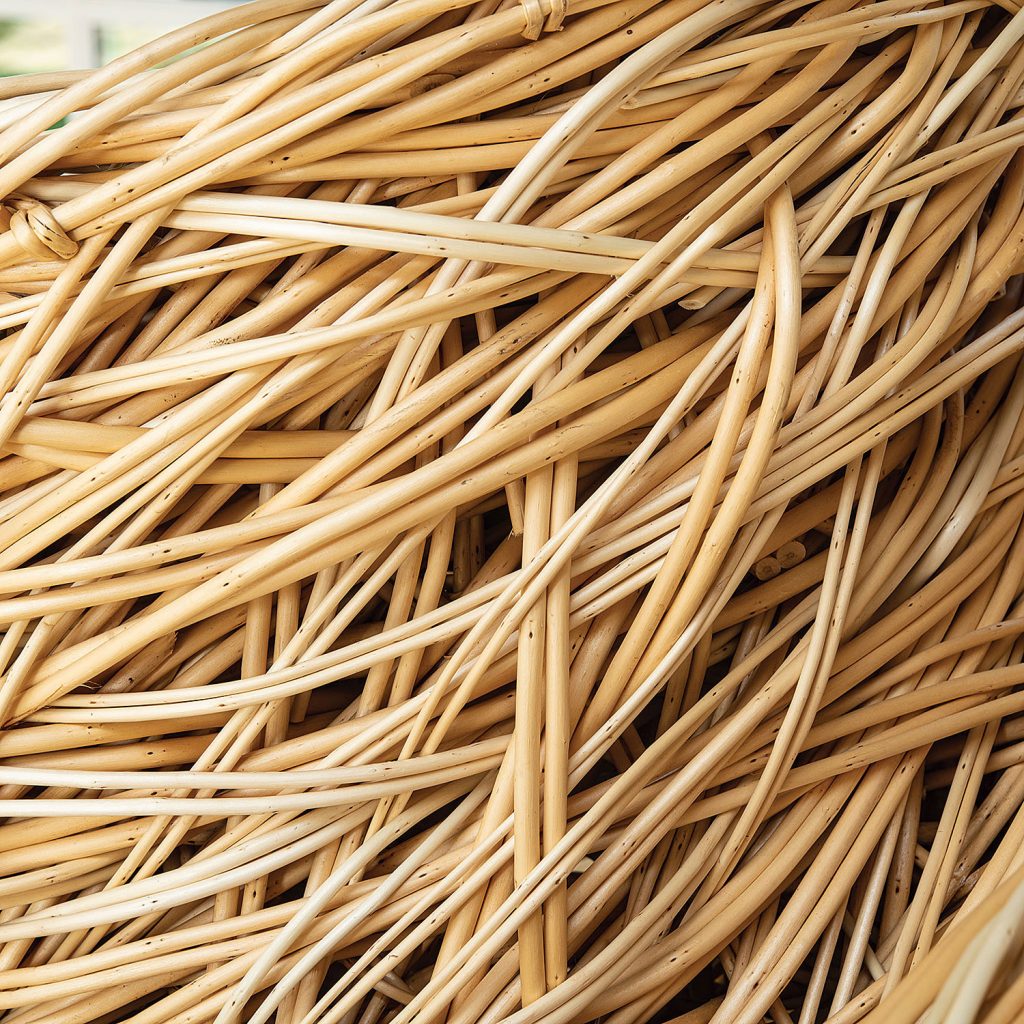
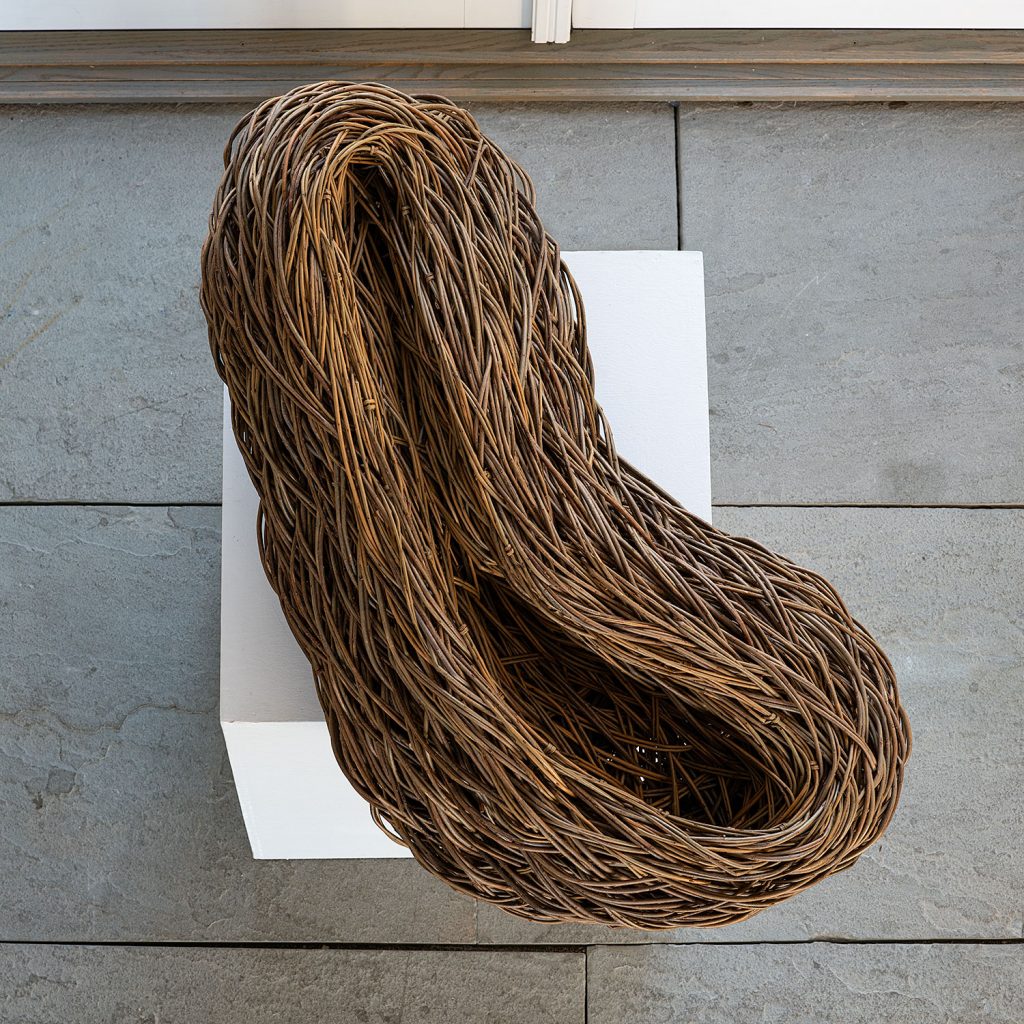

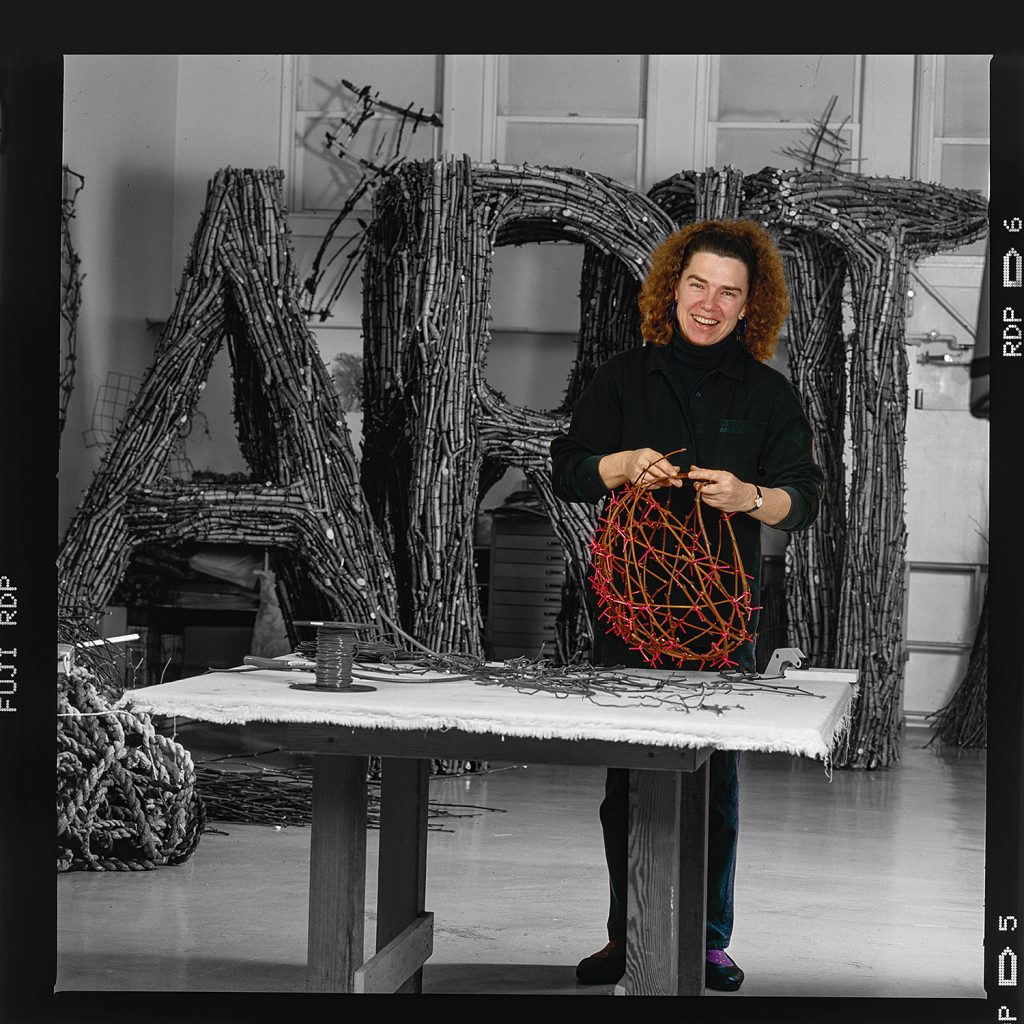

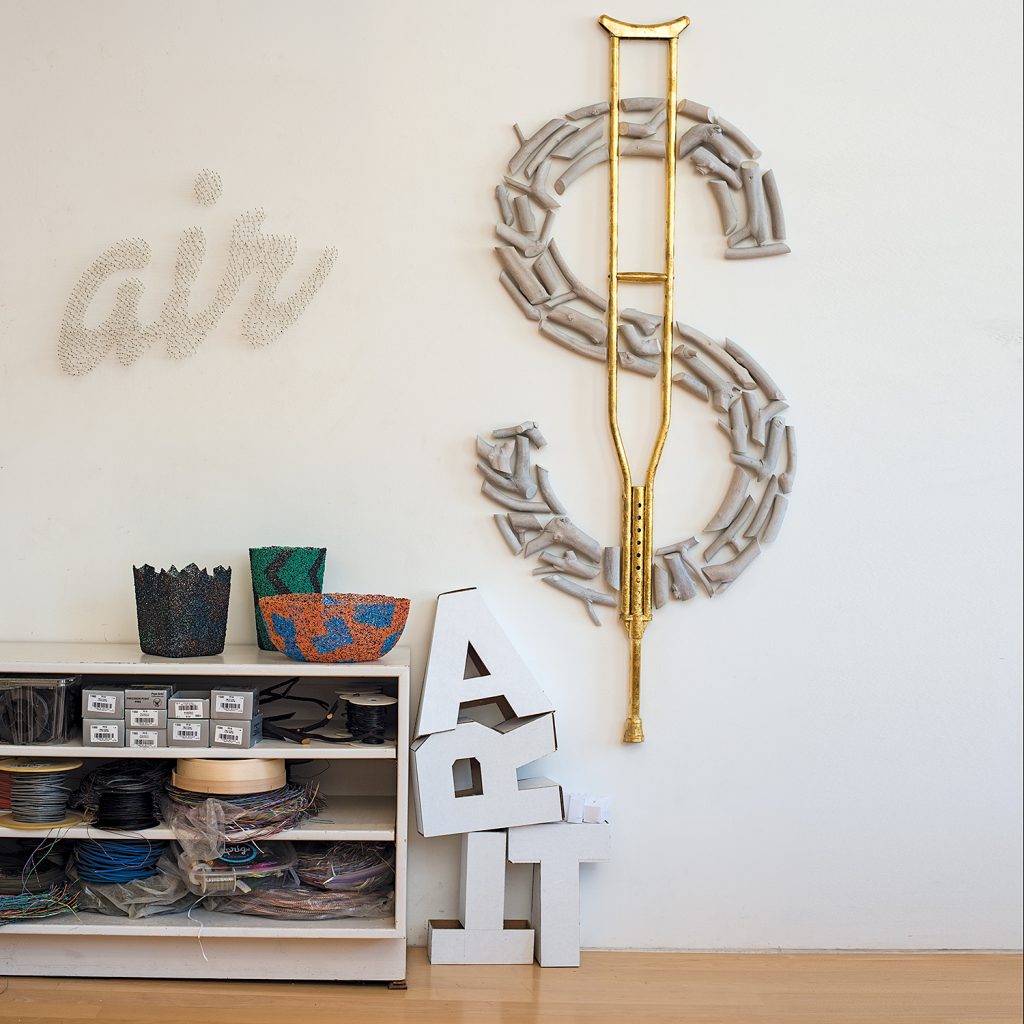
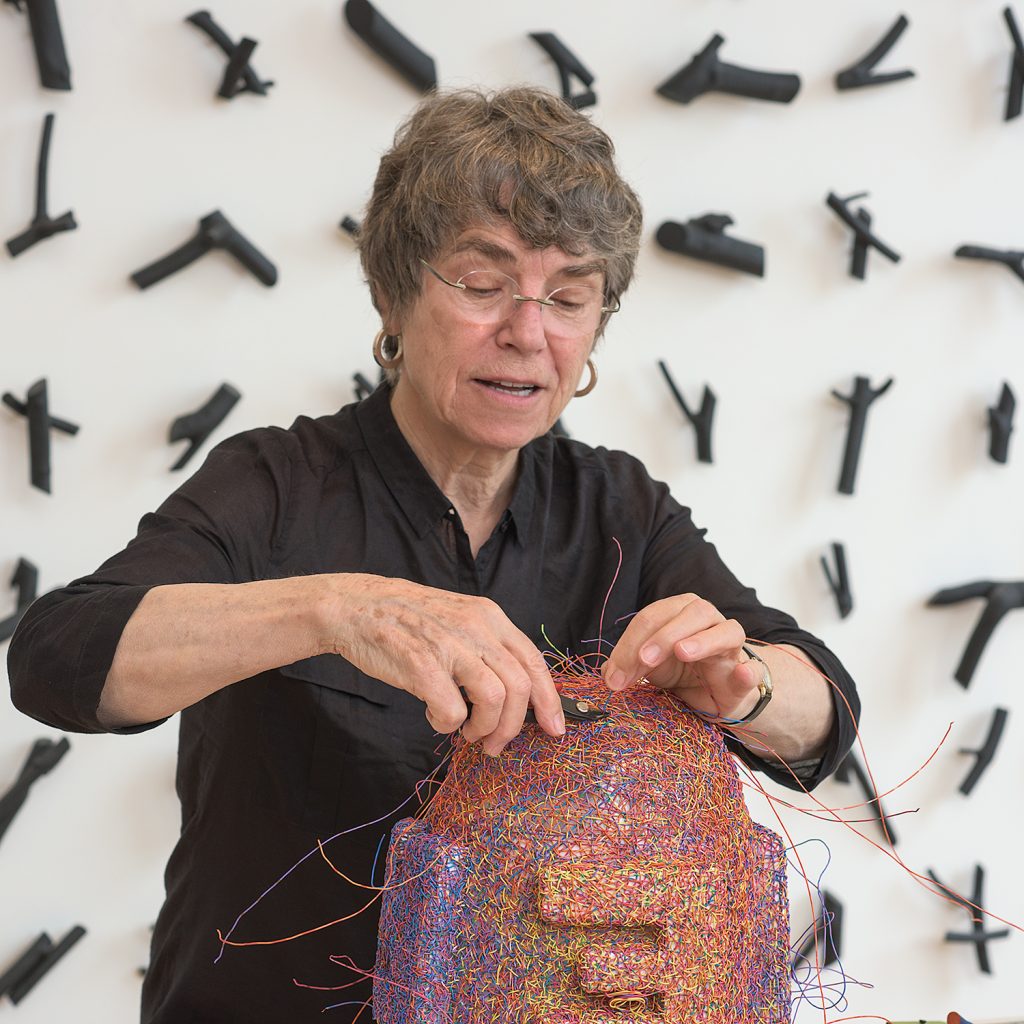

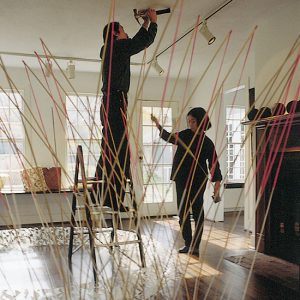
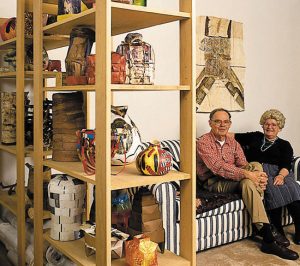
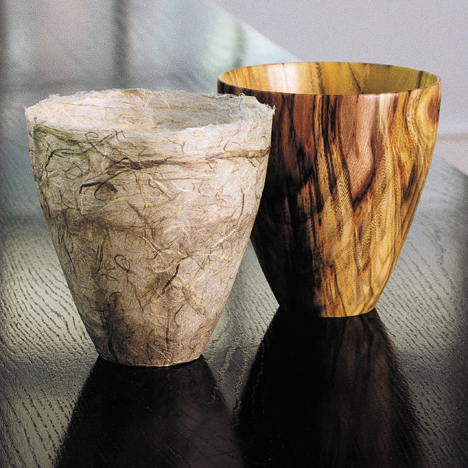

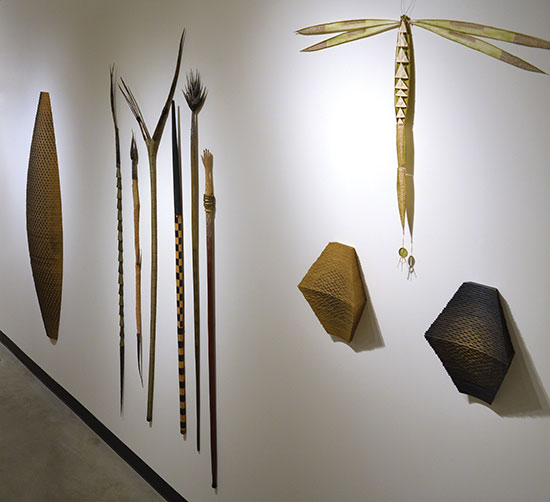
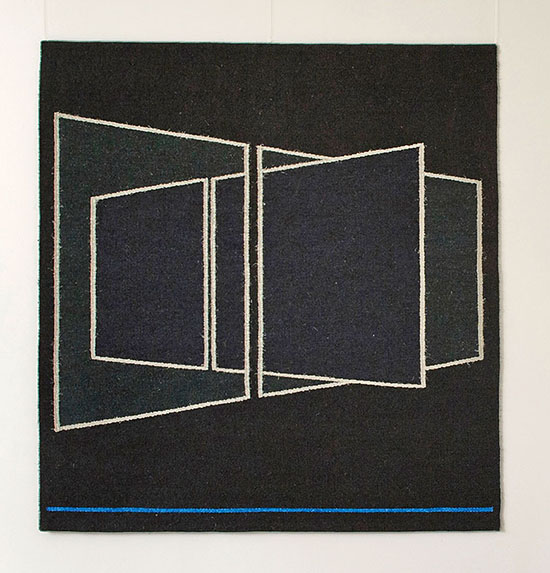
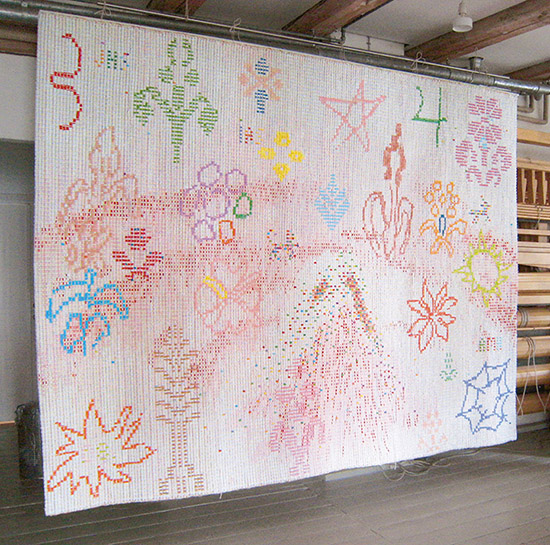
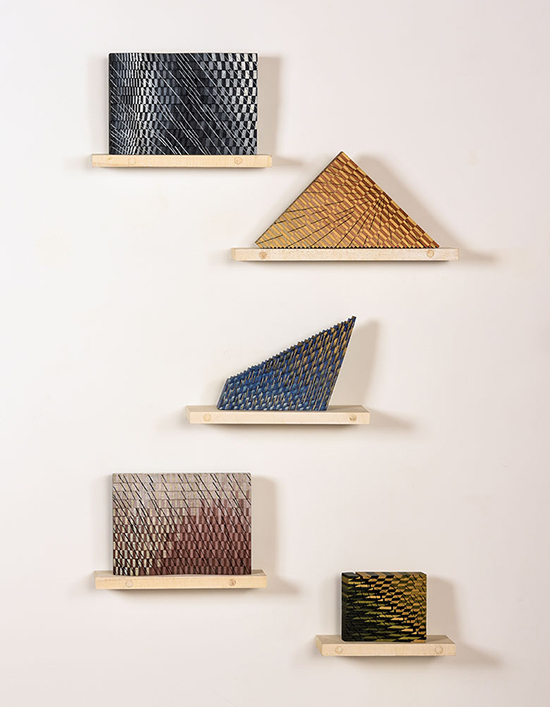
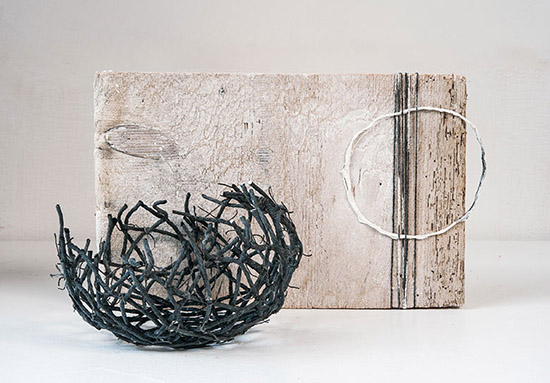
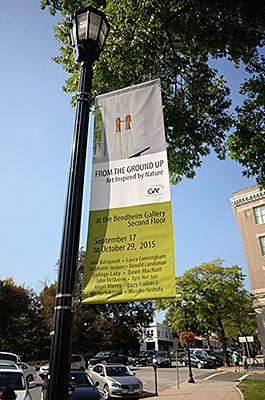
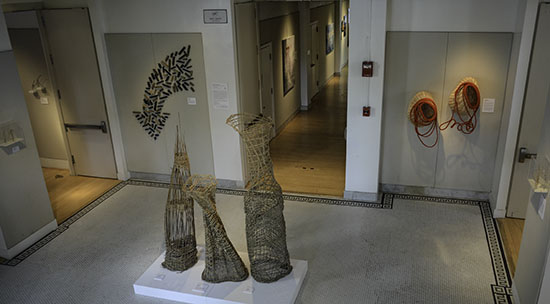
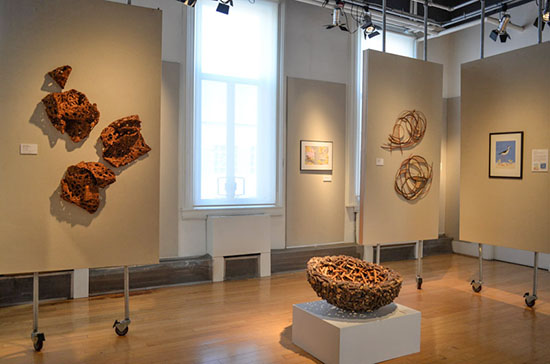


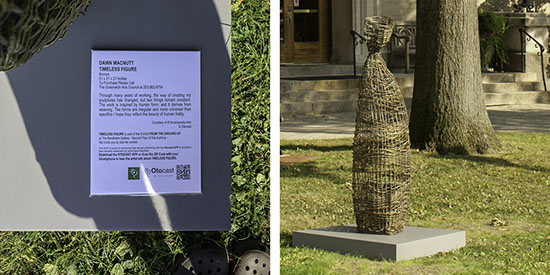
It’s Never Too Early: How to Buy Art in Your 20s
Lizzie Farey($1,800), Deborah Valoma($1,700) and Stéphanie Jacques($1,200). Photo by Tom Grotta
Thanks to the DIY movement and a mass of online and cable design and decor resources, we’ve never had more encouragement to create environments that inspire and invigorate. Art can be an essential element of such an environment and investing in art need not be a bank breaker. Domino, a curated site that encourages readers to “bring your style home,” offers several tips for buying art in your 20s, including not buying too big and not being afraid to invest http://domino.com/how-to-buy-art-in-your-twenties/story-image/all. We at browngrotta arts have a few additional thoughts:
INYO (95-2), Tsuruko Tanikawa, brass and iron wire, coiled and burned, 7.5″ x 6.5″ x 14″, 1995 ($1,200)
1) Think objects: If you are in your first apartment or are fairly certain that a move is in your future, Ceramics, Art Baskets, Glass sculptures can be easier to place in your next home than a large wall piece may be.
Naomi Kobayashi Red & White Cubes ($1,000 each)
2) Invest for impact: Prints are generally less expensive than originals, editions less expensive than a one off. And you will find that some mediums are, in general, priced more accessibly than others. Art textiles and fiber sculpture are an example. Work by the best-known artists in the field go for under a million dollars, compared to tens of million dollars for paintings by well-recognized artists. You can start small with works in fiber, ceramics and wood, and create a small, but well-curated, collection. Consider Naomi Kobayashi, a Japanese textile artist whose work is in the permanent collection of many museums, including the Metropolitan Museum of Art and whose work can be acquired for $1000. Or an up-and-coming artist like Stéphanie Jacques from Belgium, whose masterful multi-media works address issues of gender and identity, and begin at prices below $1500.
GRAY WITH BLACK, Sara Brenan, wool & silks linen, 12.5” x 19”, $1,900 photo by Tom Grotta
3) Take advantage of digital placement: Reviewing art online is a great way to expose yourself to a wide variety of work, and develop your personal aesthetic. Once you’ve found a work that appeals, digital placement can give you a greater level of confidence before you press “Buy.” At browngrotta arts, we ask clients to send us a photo of the space the propose to install the work. We can digitally install the piece, to scale and with shadow, so you have a sense of how will work there.
32pc CONSTRUCTION III, Pat Campbell, rice paper, reed, 8″ x 7.5″ x 5.5″, 2002
4) Document: If the work you purchase has appeared in a book or a catalog, make sure you get a copy. Ask the seller for any information he/she has on the artist for your files. On each artist’s page on browngrotta.com, you can find a list of publications in which the artist’s work appears. The documentation is good to have for insurance and appraisal purposes and you can watch as the artist’s cv —hopefully — expands in the next several years.
5) Buy for love: It’s great to learn 10 years down the road that a work of art you purchased has appreciated and is worth more than you paid for it. We’d argue, though, that if you’ve enjoyed owning it for 10 years, and thought each time you looked at it, “I really love that piece,” you’ll have gotten your money’s worth, and enriched your life in the process.